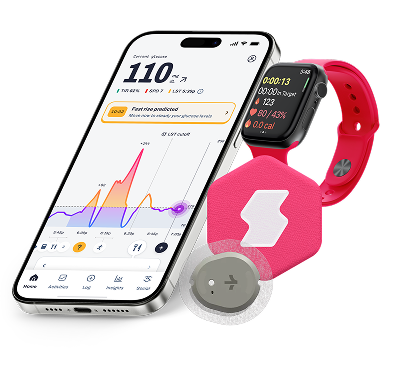Cucumbers and zucchini are two popular veggies that often find their way into our meals, whether as a refreshing salad ingredient, a crunchy snack, or a hearty main course. While they may appear similar, these vegetables have distinct characteristics that set them apart. In this article, we'll delve into the nutritional profiles of cucumber and zucchini, explore how they can benefit your diet, and ultimately determine which might be the better choice for various culinary and health goals. Whether you're looking to shed a few pounds, boost your nutrient intake, or simply add variety to your meals, understanding the differences between cucumber and zucchini can help you make informed decisions in the kitchen.
Cucumbers are crisp and mild, ideal for salads and side dishes, while zucchini, a type of summer squash, is softer with a hint of sweetness and versatile for cooking. Nutritionally, cucumbers are low in calories and hydrating, while zucchini offers more fiber and nutrients. There are many varieties of cucumber, including English, Persian, etc. Zucchini is great for savory dishes, while cucumbers are best raw or as a snack. The choice depends on taste and cooking needs.

What Is the Difference Between Cucumber and Zucchini?
Cucumbers and zucchini are gourd family members, but they have key differences. Cucumbers are typically long and have both a cylindrical shape and smooth, dark green skin. They are often eaten raw and have a crisp texture with edible seeds dispersed throughout the flesh. Cucumbers have a mild flavor and are known for their high water content, making them a hydrating snack. Zucchini, on the other hand, are usually shorter and thicker with a mottled green skin. They are commonly cooked and have a soft, succulent texture with fewer and larger seeds than cucumbers. Zucchini have a slightly sweet, savory flavor and are rich in fiber, vitamins, and minerals. Both plants are easy to grow and are prolific producers, making them popular choices for home gardens.
Which One Is Better: Cucumber or Zucchini?
Cucumbers are low in calories and rich in water, making them a great choice for hydration and weight management. They also contain vitamins K and C and antioxidants like beta-carotene and flavonoids, which may help reduce inflammation and prevent chronic diseases. However, cucumbers are less nutrient-dense than zucchini, lacking significant fiber and other essential nutrients.
Conversely, zucchini are higher in calories but offer more fiber, vitamins A and C, potassium, and magnesium. These nutrients are essential for maintaining a healthy immune system, heart, and overall well-being. Additionally, zucchini contains antioxidants like lutein and zeaxanthin, which are beneficial for eye health.
In conclusion, while cucumbers are refreshing and hydrating, zucchini offers a more substantial nutritional profile, making them better for overall health and well-being.
Nutrition
When comparing the nutritional value of cucumber and zucchini, zucchini emerges as the healthier option due to its richer nutritional profile. Zucchini offers more fiber, vitamins A and C, and minerals like potassium and magnesium than cucumbers. Additionally, zucchini contains antioxidants like lutein and zeaxanthin, which are beneficial for eye health. On the other hand, cucumbers are low in calories and mostly composed of water, making them a hydrating and refreshing choice but not as nutrient-dense as zucchini.
However, the choice between the two ultimately depends on individual dietary needs and preferences. Cucumbers are ideal for those looking for a low-calorie, hydrating snack or ingredient for salads. At the same time, zucchini are more versatile for cooking and can be used in various dishes.
Glycemic Index
Cucumbers have a very low glycemic index (GI) of around 15, meaning they have little effect on blood sugar levels. This is due to their high water content and low carbohydrate content. Similarly, zucchini have a GI of around 15, which is considered low.


Vitamins
In terms of vitamins, zucchini and cucumbers offer different profiles. Zucchini is rich in vitamin C, important for immune function and skin health, and vitamin A, crucial for vision and immune function. They also contain moderate amounts of B vitamins, such as folate and riboflavin, essential for energy production. On the other hand, cucumbers are not as rich in vitamins as zucchini but still provide a modest amount of vitamin K, which is important for blood clotting and bone health, as well as small amounts of vitamin C and vitamin A.
Minerals
Zucchini and cucumbers also differ in their mineral content. Zucchini is a good source of potassium, a mineral vital in regulating blood pressure and muscle function. They also contain magnesium, which is important for nerve function, muscle relaxation, and bone health. Additionally, zucchini provides small amounts of manganese, a trace mineral that supports metabolism and antioxidant function. Conversely, cucumbers are not as rich in minerals as zucchini but still offer a moderate amount of potassium, which contributes to hydration and nerve function. They also contain small amounts of other minerals like magnesium and manganese, although in lower quantities than zucchini.
Sign up to be the first to know about special offers and exciting Signos news.




.svg)
.svg)
.svg)
.svg)
.svg)
.svg)
.svg)
.svg)
